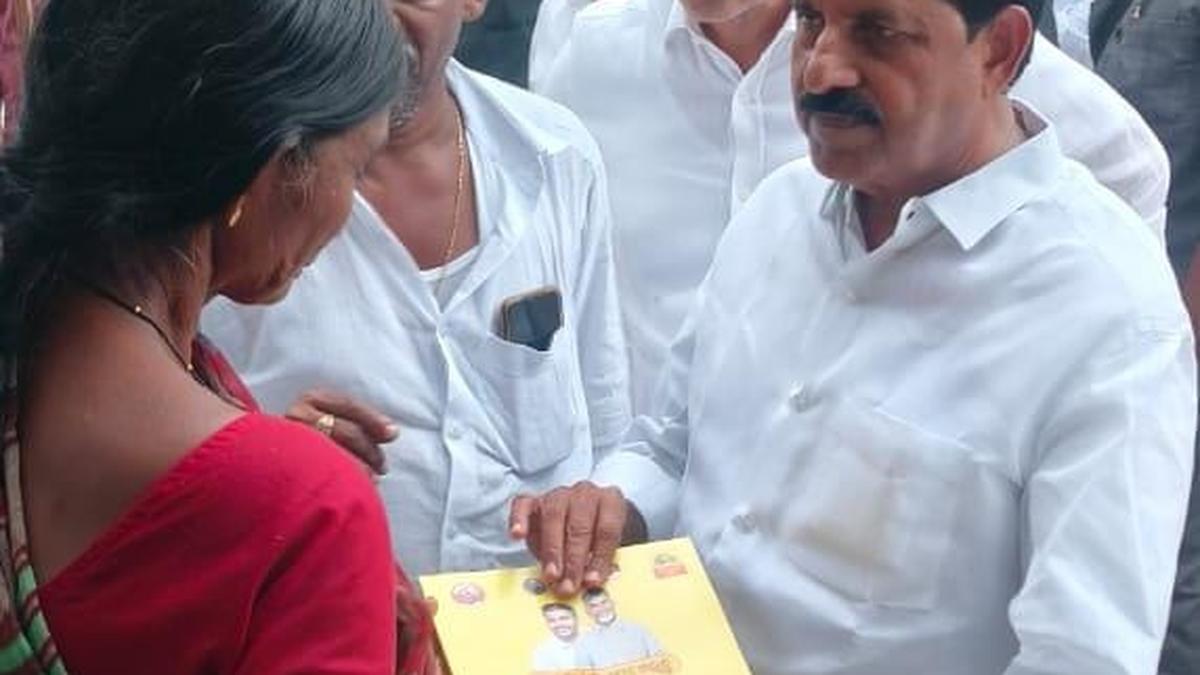Now Reading: Mandya CEO Calls for Proposal to Establish Breast Milk Bank
-
01
Mandya CEO Calls for Proposal to Establish Breast Milk Bank
Mandya CEO Calls for Proposal to Establish Breast Milk Bank
Rapid Summary
- Breast Milk Bank Proposal: Mandya Zilla Panchayat CEO K.R. Nandini proposed establishing a breast milk bank in Mandya, inspired by Victoria Hospital, Bengaluru, to address infant mortality.
- Infant Mortality Prevention: Emphasized the need for quality healthcare from pregnancy to neonatal stages, exclusive breastfeeding for six months, hygiene awareness, nutritious food intake, immunization programs, and early health issue identification through the National child Health Programme.
- high-risk Cases: Directed officials to separately manage pregnancies with high risks and take necessary measures to prevent maternal and infant deaths.
- Menstrual Cup Distribution: Called on ASHA workers to ensure proper usage of menstrual cups distributed among SSLC girls in government schools and register under key insurance schemes (pradhan Mantri Suraksha Bima Yojana and Pradhan Mantri Jeevan Jyoti Bima Yojana).
- Water Safety Measures: Urged taluk-level officers to monitor drinking water quality regularly and share results with gram panchayats while preventing sewage contamination.
- Attendees at Review Meeting: District Health Officer Mohan along with key officers from various health-related departments attended.
Indian Opinion Analysis
The initiative proposed by Mandya Zilla Panchayat CEO K.R. Nandini demonstrates a structured approach toward combating persistent health challenges in rural India. A breast milk bank could perhaps offer life-saving solutions for infants who lack access to breast milk due to medical or socioeconomic reasons. Drawing inspiration from proven models like Victoria Hospital ensures practical insights into execution feasibility.
Additionally, targeting both infrastructure improvements (e.g., neonatal care) and individual behavior changes (e.g., early identification of risks during pregnancy) reflects a holistic vision but will require adequate resource allocation and sustained monitoring. initiatives around menstrual cup distribution highlight growing attention toward adolescent reproductive health; though, follow-up mechanisms will be vital for long-term success.
Regular water quality testing also points towards an integrated focus on preventive care-critical given the recurring issues of contaminated drinking water in rural areas. this multi-faceted strategy addresses systemic gaps but underscores the continual need for accountability among implementing agencies.
























